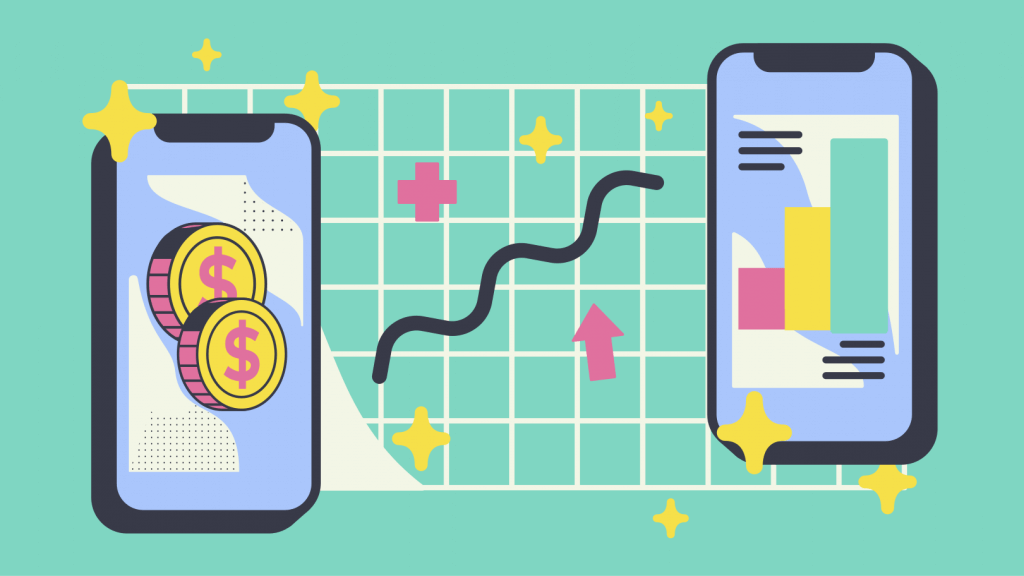In many developing and emerging markets, where data is often a costly luxury, USSD technology offers a vital channel for the delivery of mobile services to enable digital and financial inclusion. Businesses often limit their reach by failing to focus on a “basic” technology such as USSD.
Smartphone adoption has grown at phenomenal rates, and smartphones outnumber basic and feature phones in over half of all countries in Sub-Saharan Africa. USSD remains one of the most common interfaces offered by providers globally, nine out of ten mobile transactions in sub-Saharan Africa flow through USSD.
Overview of USSD
USSD (“Unstructured Supplementary Service Data”) technology is an interactive, menu-based technology that facilitates real-time interaction. Unlike SMS messages, USSD messages create a real-time connection during a USSD session. The connection remains open, allowing a two-way exchange of a sequence of data. As a result, USSD technology is more responsive than traditional SMS.
Some of the most commonly used application of USSD is to check available mobile airtime, data balance enquiries, mobile banking services etc.
What makes USSD so popular?
- USSD technology is very easy to use for the end-user, does not require sophisticated technology, and is cheaper than most communication platforms.
- Works on every type of phone, from basic cell phones to the latest smartphones. This makes it a much more efficient tool than mobile applications to reach a mass market.
- USSD codes work across all cellular networks – your consumers just need a connection to the GSM network. No internet connection required, as USSD works on voice connectivity.
- Its super interactive; taking consumers through a logical series of menus that delivers responses with every action. Increase conversion rates on campaigns, while keeping users engaged.
- USSD costs are so low (60c per min), consumers are able to use these services without worrying about costs. Increase your brand accessibility, ensuring you are not limited to those who are able to afford airtime and data.
- Help to take pressure off your call centre. It provides a simple method for consumers to book appointments, check balances, and get information without the need to speak to agents. Reduce your costs and improve customer service.
- Data exchange of USSD is up to seven times faster than SMS. The interactive navigation allows reliable two-way communication, and USSD codes work on all networks.
The power of USSD is the ability to be used across all mobile phones and networks – it is fully inclusive, which is why it is still being utilised in both emerging and first world markets.
How are emerging markets utilising USSD?
USSD still very much has a place in businesses tech stacks, specifically in emerging markets. One of the common services is large scale mobile financial services, where one finds large amounts of unbanked and low-income consumers.
However, USSD is also utilised in a variety of socio-economic services such as: insurance, healthcare, education, commerce and more. These are some of the most successful examples:
- M-Pesa (Kenya): Africa’s most successful mobile money service, and the region’s largest fintech platform. Its safety and convenience make it the preferred way to make payments across the continent both for the banked and unbanked. More than 51 million customers in seven countries use it to send and receive money, top-up airtime, make bill payments, receive salaries, get short-term loans and more.
- HealthCheck (South Africa): Launched by the National Department of Health, the digital health assessment tool allows for early detection, mapping and management of COVID-19 cases using USSD and the official COVID-19 WhatsApp service. The service has had over 6.2 million users since its launch in March 2020.
- Chalkboard Education (Ghana): An e-learning application dedicated to universities targets remote zones and works thanks to USSD technology. The edtech start-up provides Africans with distance-learning courses, which allows universities to upload teaching materials. Students can access these courses with or without an internet connection.
- Stax: Allows Africans to buy airtime, send and request money, and transfer funds between accounts via automated USSD codes. The start-up raised $2.2 million seed extension round in 2022. It combines bank accounts, mobile wallets, crypto in a single app that works without mobile data.
Conclusion
There is no doubt that USSD remains an important, if not essential, technology. It connects consumers with a variety of services to those who could not previously access and drives economic growth.
Countless industries can benefit from USSD, and many regions have seen massive uptake in sectors such as banking, and insurance. USSD will not replace apps but rather be layered on top of existing apps to reach a much wider audience.
The power of USSD technology is its ability to create opportunities across markets to reach all customer segments regardless of their network or what phone they have.
Do you want to learn more about using USSD? Get in touch via the contact form, and one of our mobile experts will reach out.
Related Reading

